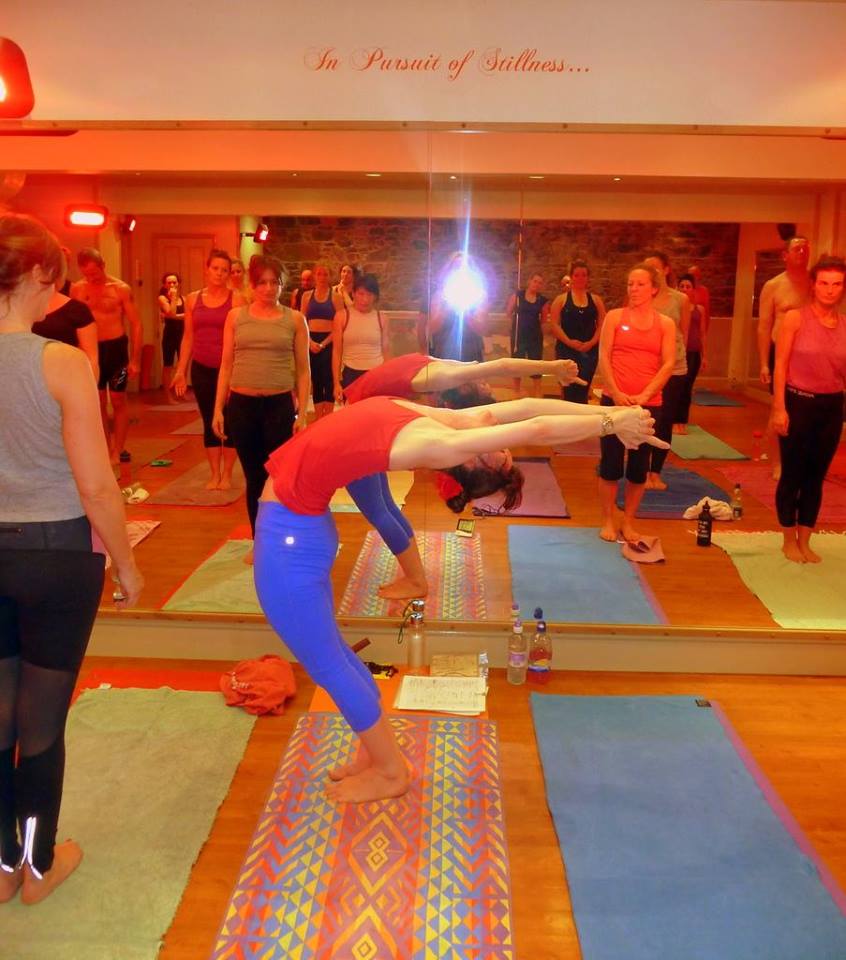~BACK PAIN CONSIDERATIONS for your Bikram Yoga practice~
DIAGNOSIS: Firstly, the instructors at YM are Yoga instructors and are not qualified to assess your pain. If pain is severe or keeps you from doing daily activities or does not go away after a few days it is a good idea to visit your health professional or back specialist to have it evaluated.
These notes are NOT set forth as being all encompassing or complete. The back and its issues are complex but I had to start somewhere. In no way does it cover life and posture outside the Yoga room and I would strongly recommend the person with back problems to:
• not be passive about their back problems
• study the anatomy of the back
• develop postural awareness
• study a chart of effects of spinal misalignments on the nervous system. Every part of the body is controlled by the nervous system via the spinal cord and appreciation of pain is in the brain – you could say that without the brain there is no pain! Our emotional response to pain can exacerbate how we feel it. The instructors know that trying to learn how to cope with and manage pain is not easy
• learn how to correctly carry themselves outside the Yoga room to avoid the consequences of postural neglect (consider e.g. Alexander Technique (at least read the book) or Mensendieck System)
• lift objects properly
• arrange their ergonomics to minimize stress on their body
• rest/sleep properly positioned
• know what to do in the case of onset of acute pain
• build strength and stability (come to Yoga :))
A high number of people come to Yoga with conditions of the back and some are able to ‘name’ their condition. In my experience a high percentage of these do not necessarily know exactly what is wrong and can even struggle to find the right words to describe what it is they are feeling; they don’t know if its origin is muscular, nerve or skeletal, they have not necessarily had a formal diagnosis and they are often fearful of what it is they are feeling. This is called ‘non-specific’ back pain. There are so many possible causes of back pain and I am not a physical therapist; erring on the side of caution, whatever the underlying cause, I have come up with some basic generic cautions/rules/approach to practice for those that are able to practice with imbalances. We want practitioners to get more benefit and minimize discomfort and so urge people to get their condition evaluated by a professional. Back pain may be sudden onset or chronic, constant or intermittent, stay in one place or radiate to other areas, be a dull ache or be sharp or piercing. If chronic it requires careful investigation to find the underlying cause but despite developments in technology it can be hard to determine cause. You may be given medicine to calm the nervous system. Your body will take the path of least resistance and will naturally try to avoid pain and in the process may tighten up.
THE SPINE IS AT THE VERY CORE OF WHAT WE ARE WORKING IN YOGA. The backbone supports your whole body and it has to last a lifetime; THERE IS NO SUCH THING AS A SPINE TRANSPLANT. Prevention is better than cure. So you already have back problems? Well start today to prevent them getting worse. The Sushumna channel aligns with the spine carrying pranic energy up and through the subtle body. PRACTICING ASANAS IS ONE OF THE BEST THINGS YOU CAN DO TO MAINTAIN YOUR MOBILE, STABLE AND PROPERLY FUNCTIONING SPINE and helps to diffuse more nutrients and moisture into the disks. A healthy spine must be systematically and regularly moved through is full range of motion. Think! You will be working to maintain the youthful curvature of your spine, keeping you walking taller for longer :). Many of the instructions given in the room to people with a healthy back will protect them from getting back injuries (prevention better than cure). People with conditions of the back may have to adapt their approach and in some cases their postures to accommodate their injury/imbalance and enable a healing process to begin. It is all energy and it has to be moved. So keep moving to re-establish balance and maintain your conditioning!
QUICK TIPS TO PROTECT YOUR BACK IN PRACTICE IF YOU ARE EXPERIENCING PAIN
• Declare your limitations to your instructor and show the instructor your limit/edge
• The instructor may supplement some of the forward bends with an appropriate backward bend (dependent)
• If a pose causes any pain, tingling, or numbness, stop immediately
• DO NOT DO OR ENDURE ANY ACTION THAT CAUSE PAIN
• Reduce any pressure on your spine. If you need to lie on the floor then do so
• Try to relax as much as you are able – let go of tension with each exhale
• Move slowly and be mindful of your back’s current limitations
• Do not bend forward past 90 degrees with straight knees BEND THE KNEES
• You might want to walk your hands down your thighs in forward bends as far as knees
• It may not be appropriate to go the whole way down
• It may not be appropriate to do forward bends at all
• You don’t want to do too much to make things worse and you don’t want to do so little that nothing happens; you need to direct prana and circulation to the area of confusion in your body
• Avoid rounding your back in the forward bends
• Do not pursue depth in the seated forward bends
• Focus on traction of the spine over depth
• Keep your knees bent when lying on your back in Savasana and drop your chin
• DO NOT DO THE SIT UPS; bend your knees to your chest and roll over on your side and push yourself up with your hands
• Ensure you get a lift out of the waist when you are doing the backward bends
• Do not pursue depth as a goal in the backward bends
Many of these are good common sense tips for ALL practitioners: particularly move slowly, don’t exploit the flexible areas of your spine to achieve posture, that creates ‘neglect’ in the stuck/tight areas that you need to work into e.g. don’t hang in a flexible lumbar but ‘engage’ and lift chest to achieve more heart opening and thoracic spine extension. Don’t rapidly transition straight into forward bending from backward bending; Pausing/staying at your neutral spine can be very effective.
I have spent time considering and putting this information together to make it as concise as I can. I have ‘Back Care’ cards that I have compiled at the studio covering amongst other things posture modifications. Practitioners with back problems are welcome to ask for them to have a read as well as of course talk with me. I hope you find this post helpful.
Om Om Om BBB4EVER
~ Trisha
Nov2014

